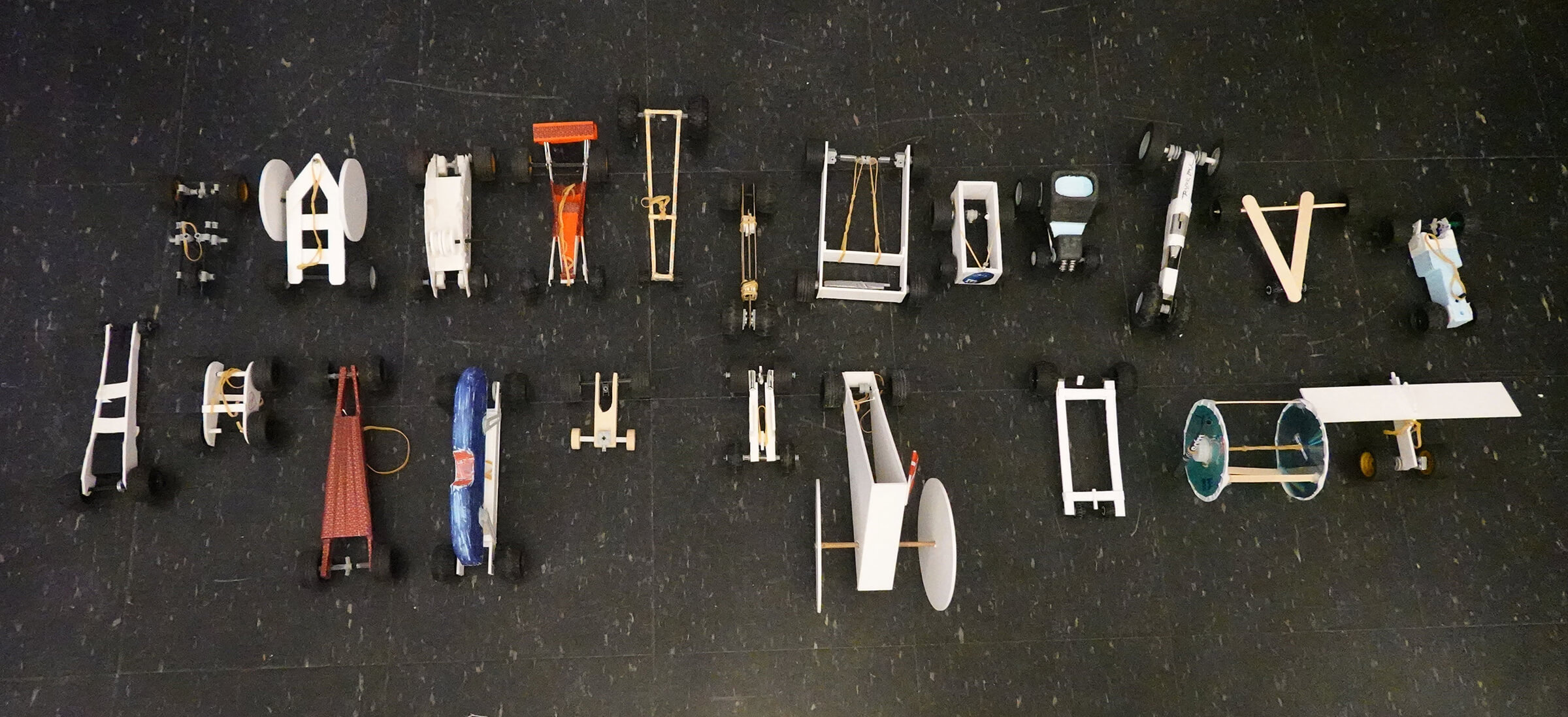Uber: the Ultimate IoT Company
Let me ask you, when we talk about the Internet of Things, what is it?
“This is design thinking taken to the extreme, where you think of technology as an enabler to get to the core need.
Can you buy IoT? What do you think? Is it a product? No? Can you buy blockchain? No? Is it a platform? Can you go to IBM and say, “Install IoT at MIT?” Not really. At best, what IoT is is a system, right? But that’s such a loose term. What does that mean? Everything’s a system. I would argue it’s none of the above. And so what I’m going to present today is my view that IoT is a design language. And in fact, I’ll expand on that and talk about technologies, new technologies in general as a design language. Let me give you an example, Uber.
The Uber case is very cliched, but looked at from a new perspective it is actually quite interesting. I’ll give you some statistics from Uber founder Travis Kalanick that, I think, will be new and different. These are about the city of San Francisco. Back in 2012, taxi revenues before Uber were $200 million. How much do you think they were after Uber penetrated San Francisco? Some people think they went to zero, but taxi revenues were $120 million, so they were down $80 million.
Now what do you think Uber revenues in SF were that year? Many people think they were $80 million, the difference. Actually, they were $500 million. So, if you think of Uber and taxis combined, personal transportation sales went from $200 million to $620 million. So, who got screwed? Parking garages. Car dealers and manufacturers. Insurance companies. If you don’t have a car, you don’t buy insurance. The city itself–fewer parking tickets, less meter revenue, less use of public transportation. So this is a big shift, with big winners and losers, all because Uber got to the core need: many people don’t want a damn car, they want transportation.
Now is Uber an IoT company? Think about it. Yes. Why? The smartphone is this wonderful magic wand that turns a dumb car into a smart car. Why is it IoT? It’s got GPS, right? The driver has one so the passenger can see where the driver is, and the passenger has one so that the driver can see where the passenger is, and there’s a cloud service to match demand and supply. These are words that didn’t even exist 10 years ago. The cloud is a new term. These are all new things. So Uber is a business narrative that gets to the core need people have which is transportation, and it’s enabled by IoT, and only through the phone. So when the new technology comes along, “Oh, it’s cool, it’s sexy!” No, no, no, I’m saying be more fundamental. Get to the heart of the matter, because the product companies are stuck in the outside layers of the onion and with this technology you can penetrate deeper and deeper and get to the core of what people really want. This is design thinking taken to the extreme, where you think of technology as an enabler to get to the core need.

